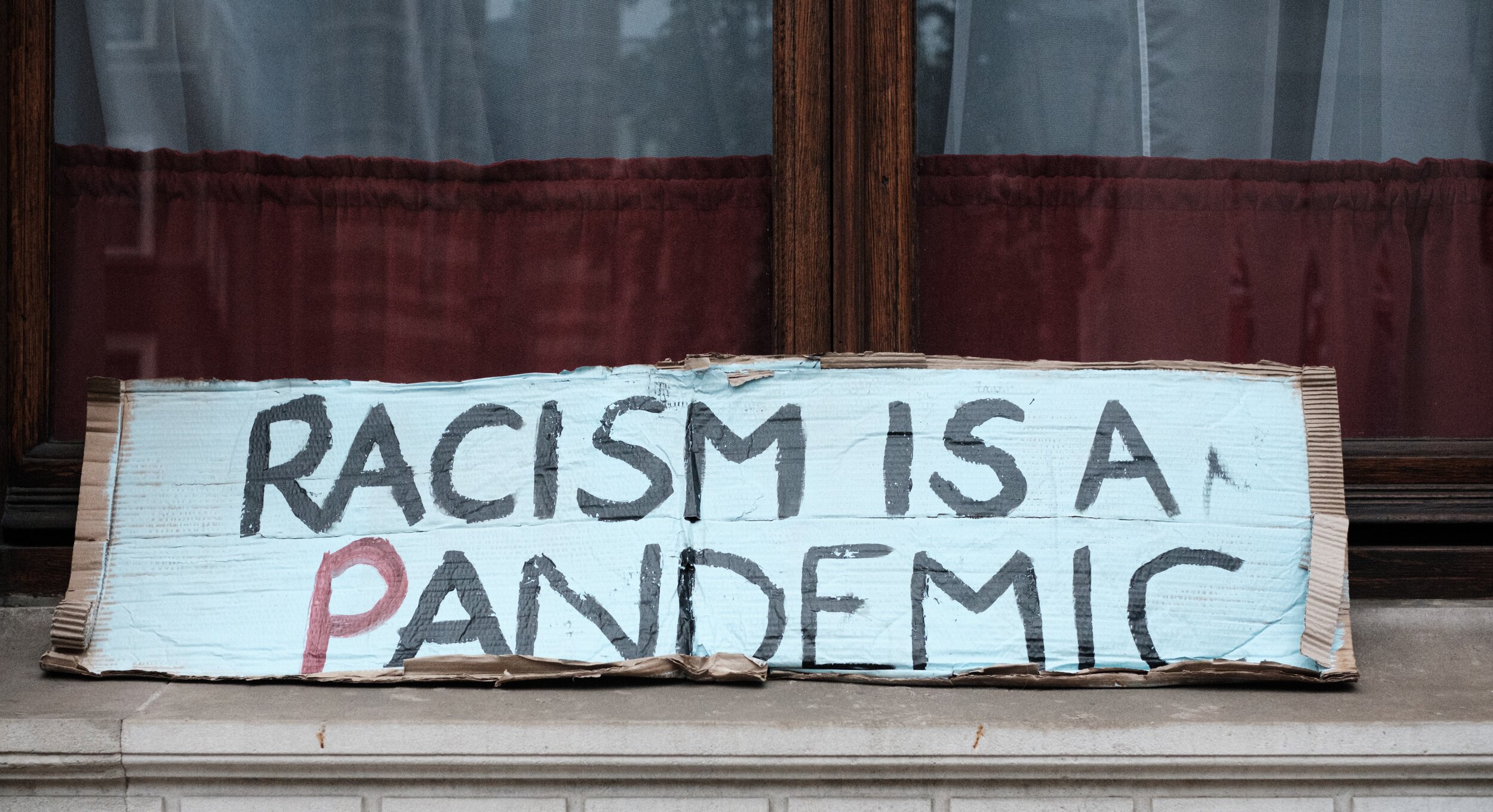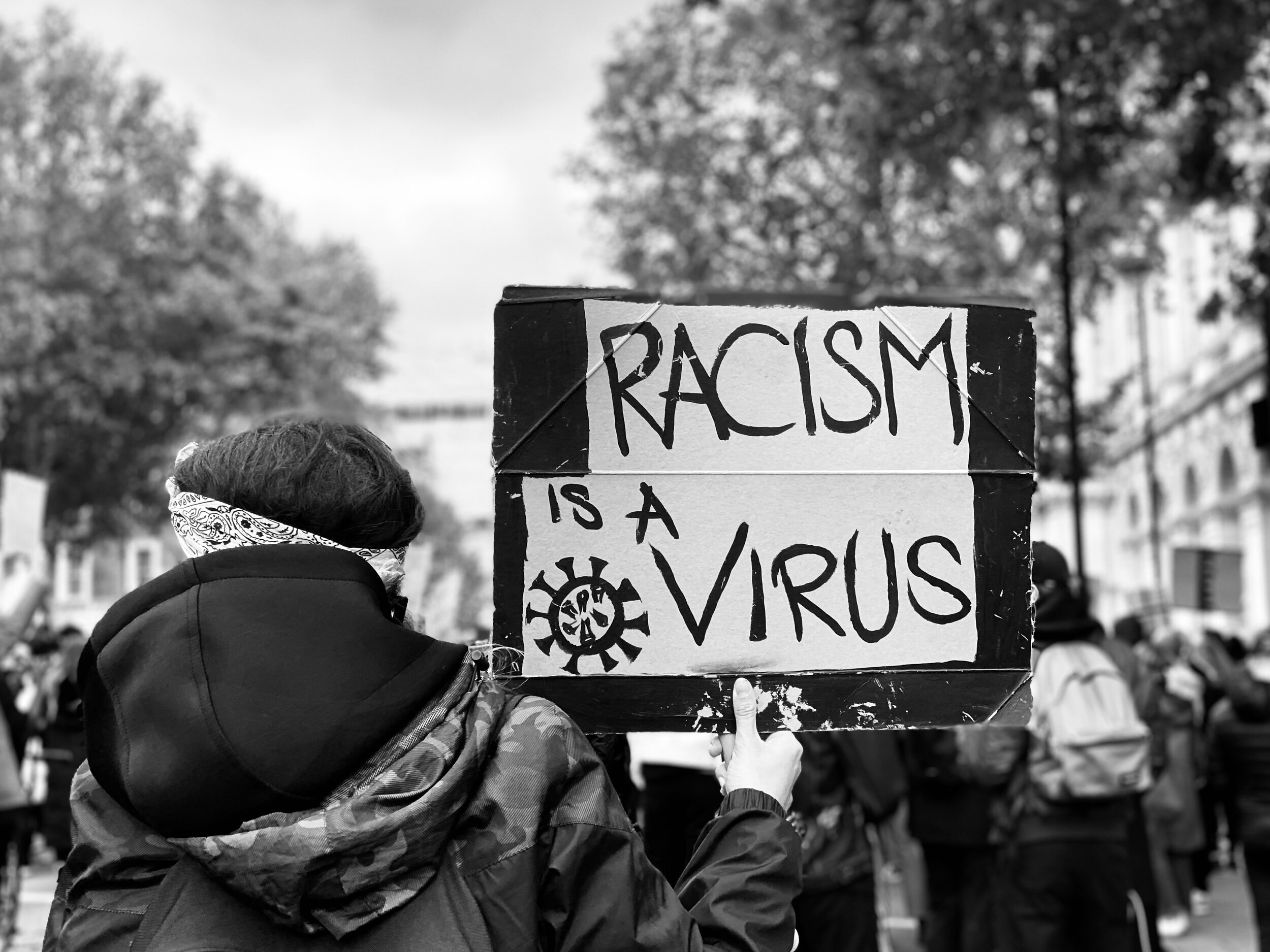

In March 2020, the COVID-19 pandemic that had been deeply felt in East Asia since January abruptly reshaped our daily lives in the United States as social distancing measures went into effect. The weeks that followed witnessed a surge in xenophobic and anti-Asian harassment and violence. In response, the #IAMNOTAVIRUS hashtag circulated in social media as a way for Asians and Asian-Americans to call out the immediate violence following the initial reports of the pandemic in the United States.
At Washington University in St. Louis, the suspension of in-person classes coincided with the start of our first-year students’ final research projects in the College Writing Program. For this assignment, students develop an original analysis on the topic of their choice. Given the context, a number of students chose to examine the effects of the pandemic in relation to anti-Asian racism and the construction of Asian identities in the United States. While the spike in anti-Asian violence made it an urgent topic to address, our students, thinking intersectionally, likewise considered the pandemic’s immediate and long-term impacts to Black and Latinx communities, which were rendered more vulnerable to the virus due to systemic inequities.
The collection of excerpts featured here is a testament to our students’ ability to use research strategies to make sense of difficult events as they develop in real time.
– Erika Rodriguez, PhD
Director of the #IAMNOTAVIRUS Student Research Project


More than Just a Virus: COVID-19 as a Progenitor of Hate by Claire Huang
The outbreak of COVID-19 in the U.S. coincided with a recent wave of nationalism, a criminally incompetent federal government, and a staggering economic decline—creating a set of conditions from which anti-Asian sentiment has sprung vigorously back to life.


Mom Got Her Ph.D. from
Facebook: Mitigating
Misinformation and Xenophobia
During the COVID-19 Infodemic
by Alan Chen
A critical distinction between modern and historical pandemics is the method in which information and news spread. While the virus spreads, the world follows through electronic screens. A pandemic reaching such magnitude is unprecedented in the digital age.


Model Minority: Submission Rather Than Success by Luke Kim
In the Spring of 2020, the spread of COVID-19 has heightened racial tension in the U.S., American xenophobia towards Asian Americans has grown, leading to countless instances of verbal and physical harassment.


Racial Weaponization: How The
Model Minority Myth Undermines
Black-Asian Solidarity
by Nidhi Krishnan
The coronavirus has adversely affected both the Asian and Black communities, yet these groups are often pitted against each other in mainstream political discourse, undermining avenues for solidarity.


The Race Epidemic: Disease and Discrimination in the United States
by Sarah Rider
When the mask is ‘safely’ removed from the COVID-19 crisis, how different will the United States look? Who will be our new enemies, or who will become more nuanced targets for aggression?


COVID-19 Meets Systemic Racism: Racial Disparities in Black and Hispanic Communities
by David Bradford
As the COVID-19 pandemic progresses, it reveals that racial minorities in the United States are more likely to be infected and suffer worse outcomes due to a combination of disparities in exposure, susceptibility, and access to proper healthcare—patterns that will become more defined and visible as we experience additional months of infections and deaths.

